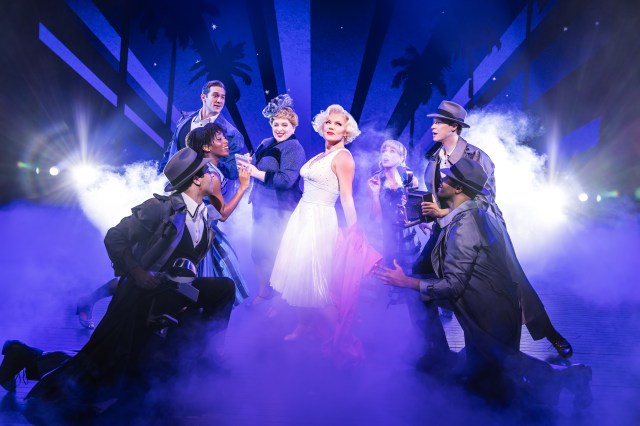Black Performers You Probably Don't Know About — But Should
We explore the lives of several prominent artists whose groundbreaking careers have largely been forgotten.
Today, we mark Juneteenth, celebrating the 155th anniversary of the day that news of the Emancipation Proclamation reached the enslaved Black population of Texas, more than two years after the document was signed by Abraham Lincoln. Celebrations of Juneteenth, or Freedom Day, focus on family, community, and education. In the spirit of education, we've compiled a list of several important Black performers and artists, who were well known in their day but whose careers deserve to be better remembered now by all.
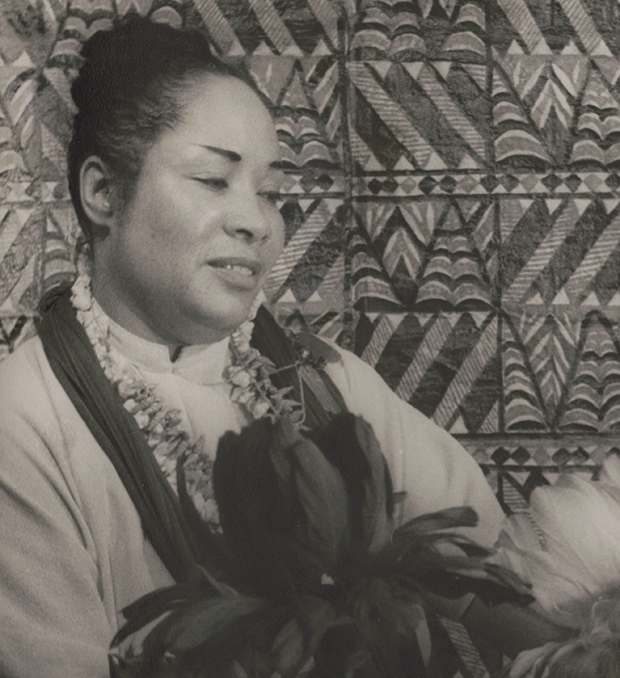
(Carl Van Vechten Collection/Library of Congress)
Juanita Hall
Born in 1901, Juanita Hall made her Broadway debut in 1930 as a soloist in The Green Pastures. She went on to appear in works like Stevedore, Sweet River, and the Arlen/Mercer musical St. Louis Woman, before landing the role that would define her career, Bloody Mary in Rodgers and Hammerstein's South Pacific. For her work, Hall became the first Black person to win a Tony Award, taking home the trophy in the Best Featured Actress in a Musical category. Her additional credits include the musical House of Flowers and Rodgers and Hammerstein's Flower Drum Song, in which she originated the role of Madame Liang. She died of diabetes complications at the age of 66.
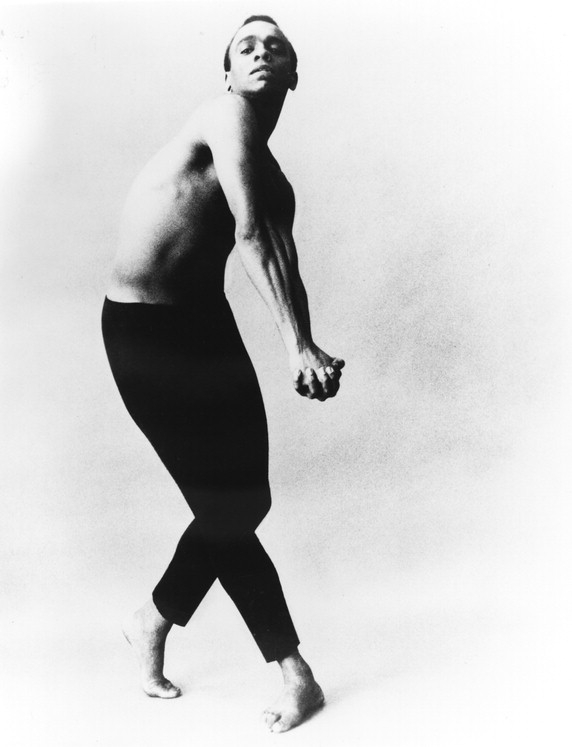
(image via Wikimedia Commons)
Donald McKayle
Born in 1930, raised in Harlem, and the son of an immigrant Jamaican family, Donald McKayle was an American modern dancer, choreographer, and director who made a mark by creating socially conscious work that reflected the Black experience in America. On screen, he choreographed films like The Great White Hope and Disney's Bedknobs and Broomsticks. After appearing in Broadway productions like House of Flowers, he made his Broadway debut as a choreographer with Golden Boy. He made history as the first Black artist to both direct and choreograph a Broadway musical (Raisin), and earned four Tony nominations over the course of his career. He died in 2018.
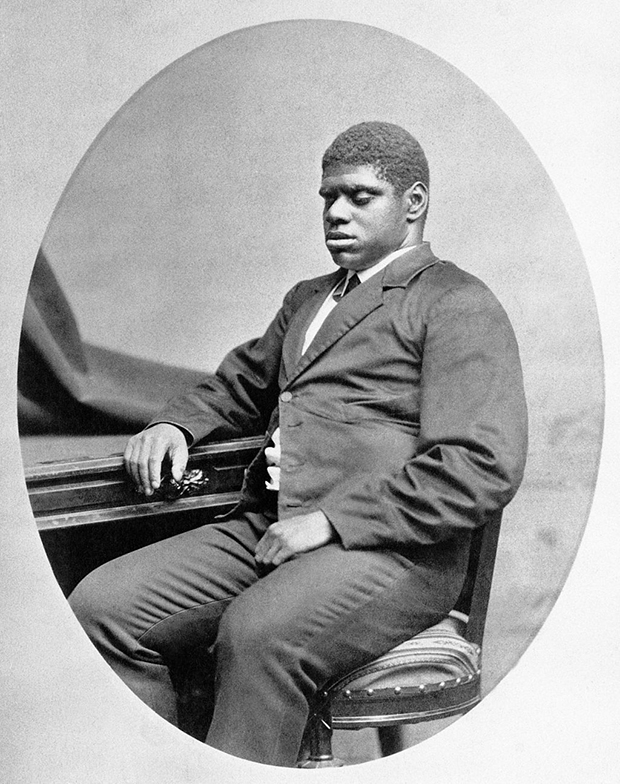
(image via Wikimedia Commons)
Thomas Wiggins
Thomas "Blind Tom" Wiggins is widely believed to be one of the world's first Black music celebrities, achieving a level of fame practically unheard of in his day. Born enslaved in Columbus, Georgia, in 1849, Wiggins's first compositions were published at the age of 11. Constantly exploited owing to his status as a blind, autistic Black man, Wiggins was hired out to a concert promoter by his enslaver from the age of 8 and toured extensively across the world, earning, for those who exploited him, up to $100,000 a year. He dazzled audiences with his ability to play up to 7,000 pieces of music and was the first Black American to perform at the White House (for President James Buchanan). He died of a stroke in 1908 and was buried in a pauper's grave in Brooklyn, before a grave marker was finally erected in 1976.
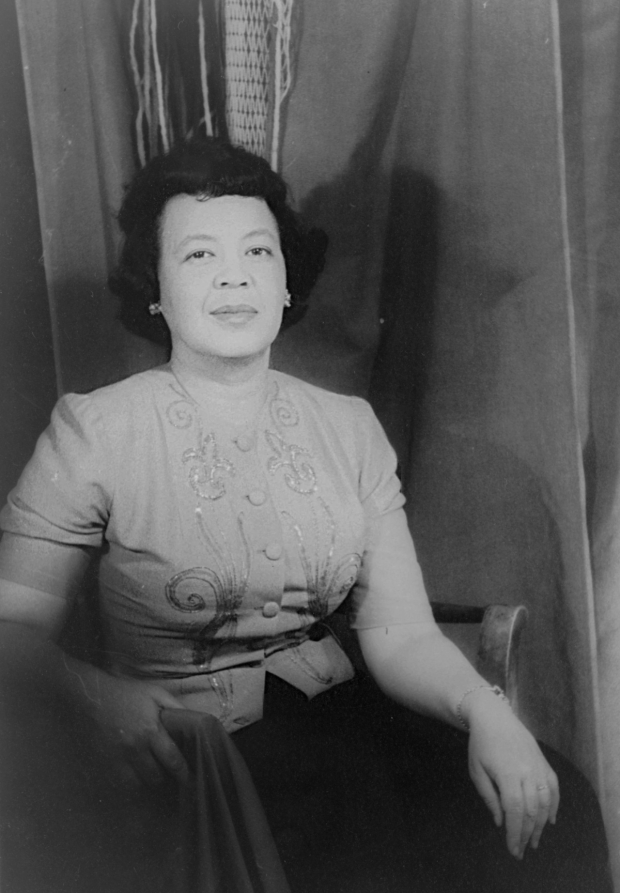
(image via Wikimedia Commons)
Margaret Bonds
Chicago native Margaret Bonds was one of the first Black American composers to receive widespread attention for her work. In 1934, she graduated from Northwestern University, where she experienced racism firsthand as one of the few Black students enrolled there. At that time, she also performed with the Chicago Symphony Orchestra, the first African American to do so. For several years, she taught music and piano before moving to New York City, where she studied at Juilliard. Bonds soon became close friends with the poet Langston Hughes, and throughout her life she set many of his works to music. Among her notable and most frequently performed works is The Ballad of the Brown King, a nine-movement cantata with text written by Hughes. Today, she is perhaps best remembered as the composer of the setting for the gospel hymn "He's Got the Whole World in His Hands." Bonds died in 1972 at the age of 59.
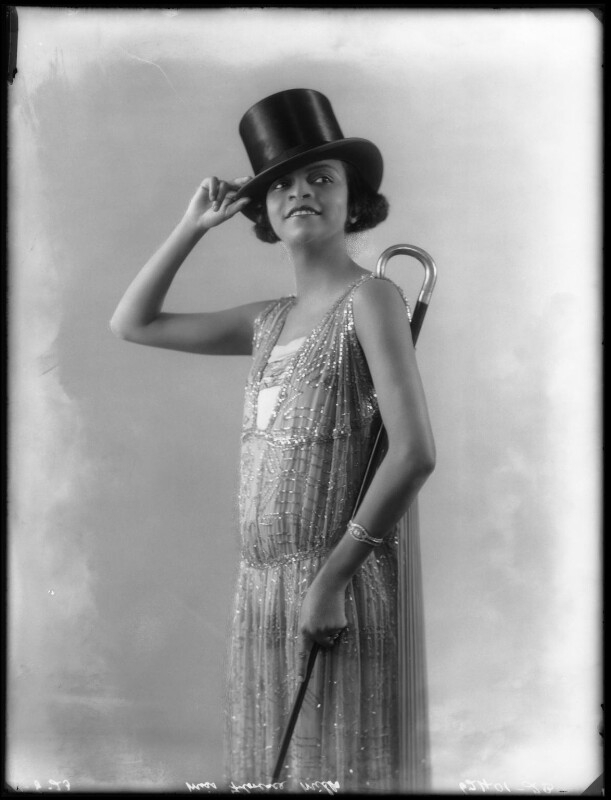
(image via Wikimedia Commons)
Florence Mills
The daughter of former slaves, Florence Winfrey was born in 1896 and formed a vaudeville act with her two older siblings, calling themselves the Mills Sisters. Mills joined the traveling Tennessee Ten show in 1917, where she met her future husband, dancer Ulysses "Slow Kid" Thompson, before becoming known internationally for her role in the long-running hit musical Shuffle Along in 1921. After Shuffle Along, she was hired to headline at the Plantation Club, and later headed back to Broadway and London's West End as a member of the club's Plantation Revue. She became an international star after headlining in the show Blackbirds, which she performed more than 300 times in London in 1926. Exhausted from the run, she developed tuberculosis and died at the age of 31 in 1927.

(© Carl Van Vechten Collection/Library of Congress)
John W. Sublett
Also known as John W. Bubbles, Sublett is known as the father of the "rhythm tap" style of tap dancing, where the emphasis is on the sound, as opposed to the aesthetic look. Born in 1902, he formed a partnership in 1919 with singer/pianist Ford "Buck" Washington, with their duo, "Buck and Bubbles" steadily growing in popularity. They appeared together in the Ziegfeld Follies of 1931 and later became the first Black artists to not only perform at Radio City Music Hall, but the first Black artists to perform on television. Sublett created the role of Sportin' Life in Porgy and Bess and gave Fred Astaire tap lessons for Swing Time. After a long career that ran the gamut from stage to screen, Sublett, one of the best tap dancers in the history of the form, died in 1986 at the age of 84.
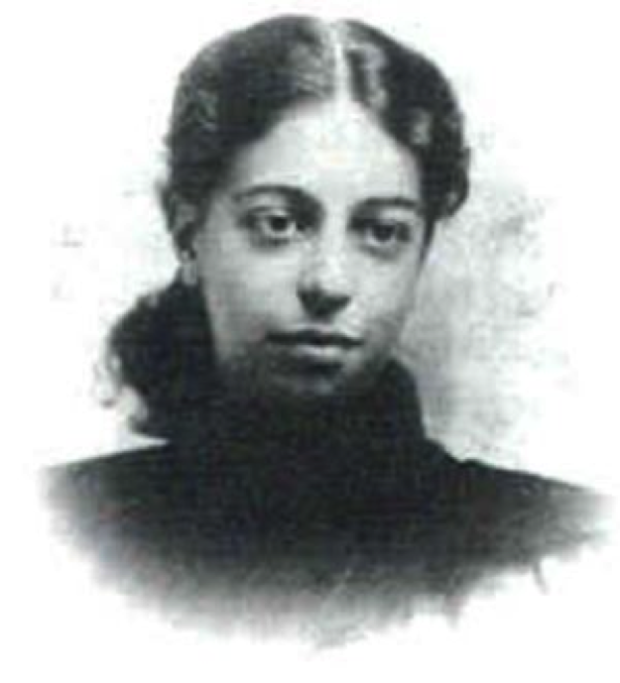
(image via Wikimedia Commons)
Angelina Weld Grimké
The writer Angelina Grimké is remembered today primarily for her personal lyric poetry, but she was also a playwright who used the stage as a means of educating white people about the horrors of racism. Grimké was born into a well-to-do Boston family in 1880; her father, Archibald, held a law degree from Harvard and was a national vice president of the NAACP. In 1916, that organization produced Grimké's play Rachel, which tells the story of a young woman who vows never to bring a child into the world after she witnesses the devastation wrought by racism and learns of the lynchings of her father and brother. Though the play is sometimes criticized for its sentimentality, it stands as one of the first dramatic works to address racial injustice. Some of Grimké's poems, diary entries, and other writings strongly suggest that she suppressed her sexual attraction to women, perhaps partially in response to the admonitions of her father. Following his death in 1930, Grimké moved to Brooklyn, where she lived quietly for the rest of her life. Though she did not pursue playwriting in her later years, Grimké's early work is now considered an important precursor to the creative explosion of the Harlem Renaissance.







